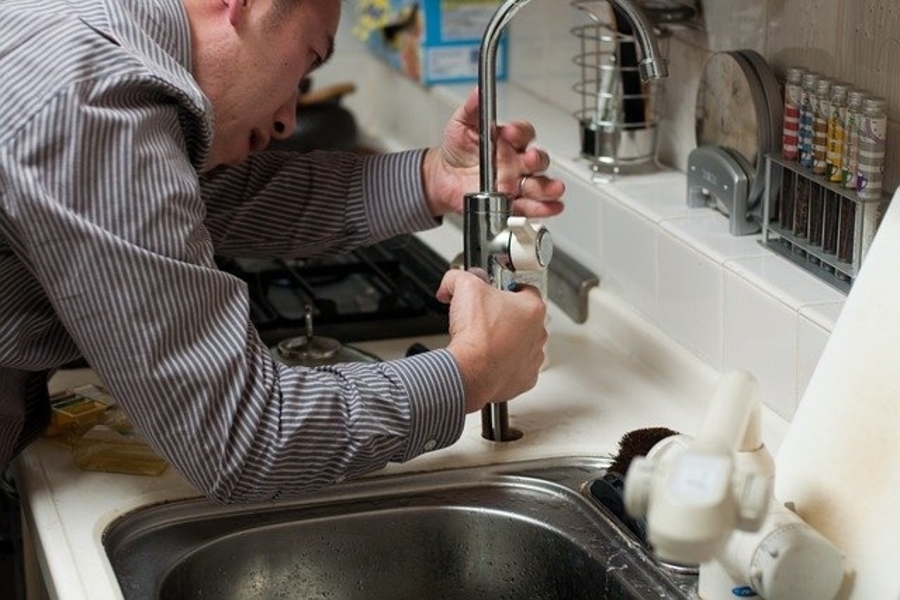
When something goes wrong with your plumbing, the consequences are often too much (and too expensive) to think about. Fortunately, with a bit of time, understanding and plumbing supplies, you may be able to solve some of the most common plumbing questions yourself. Many minor plumbing issues aren’t too difficult to solve, and, with our help, you can get through them in no time. So here are the answers to the most common plumbing questions, plus the signs that you should call a plumber!
Plumbing Questions: Why Are My Taps Dripping?
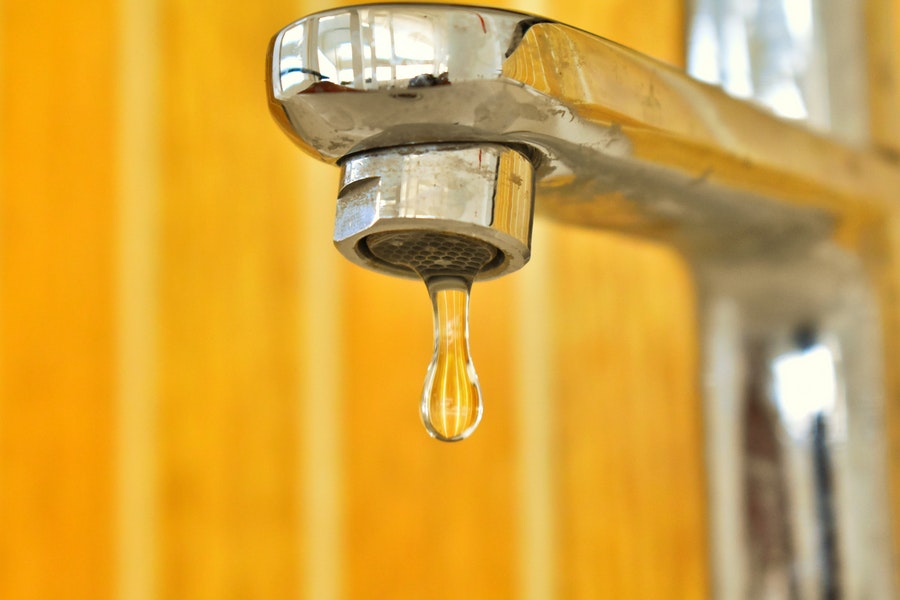
Usually, the cause of a dripping tap is because of one of two issues, depending on the type of tap you have.
First, if you have a twin lever tap (a sink with two separate taps for hot and cold water), the problem is likely to be the tap’s rubber seals. Over time, limescale may build-up, or the seals may naturally wear down.
However, if you have a single lever tap (where both the hot and cold water come out of the same tap), the cause of its dripping is likely to be the built-in cartridge.
How To Fix Dripping Taps
How to fix dripping taps is one of the most common plumbing questions. Unfortunately, a dripping tap wastes at least 5,500 litres of water a year[i], so the sooner you resolve it, the better! Fortunately, the two common causes of dripping taps are easily solved. Follow our instructions to complete this easy fix on both tap types.
If Your Twin Lever Tap Is Dripping:
- First, turn off the water to the sink and let the pipes drain.
- Then, remove any protective covers from your taps.
- Use a screwdriver to remove the handle. You’re looking for a valve that should be underneath the handle.
- Once you’ve found the valve, use a spanner or pipe wrench to unscrew it. You should now be able to see the rubber seal disc. Depending on the model of your tap, this may be secured with a nut, so unscrew this.
- Next, use a flat screwdriver to lift out the seal carefully. Examine the disc. If it is covered in dirt and limescale, soak it in a bowl of vinegar overnight. However, if the disc is damaged, it will need to be replaced.
- Finally, once you’ve placed the new disc back on the lower end of the valve, re-secure it with the nut, refit the valve and screw the tap handles back on.
If Your Single Lever Tap Is Dripping:
- First, turn off the water to the sink and let the pipes drain
- Then, loosen the covered screws on the back or front of the tap and remove the handle. You should be able to see the built-in cartridge beneath the handle.
- Next, use a pipe wrench to unscrew the cartridge carefully. If the container is dirty, leave it in vinegar overnight to remove any limescale.
- Finally, rinse the cartridge thoroughly before refitting the cartridge and screwing the handle back on. [ii]
Plumbing Questions: Why Are My Drains Blocked?
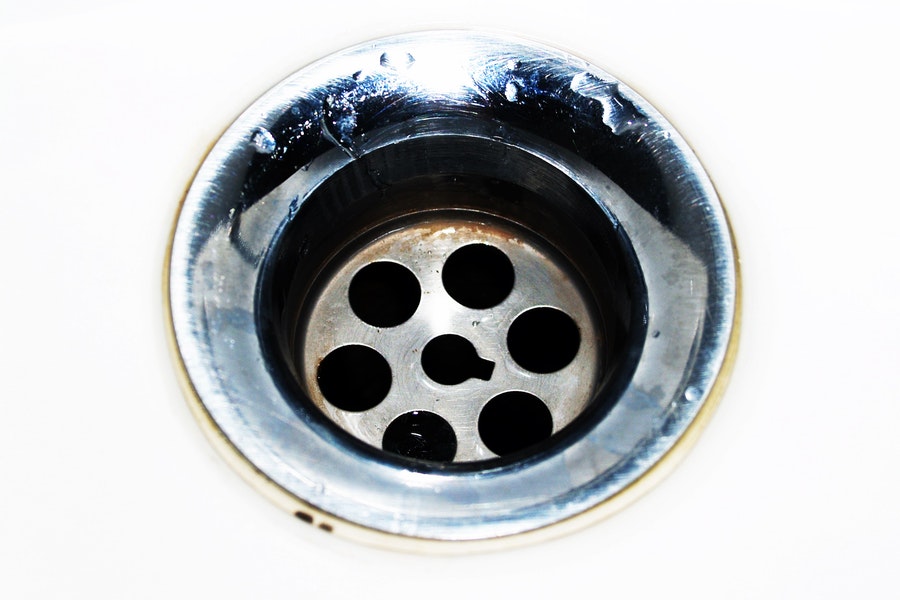
There are several causes of blocked drains. However, the most common are unsuitable items being flushed down the toilet or leftover cooking oils and fats being poured down the sink. Over time, these items will build up and cause a severe blockage. You can usually identify blocked drains by accompanying bad smells, slow draining water, and sewage coming back into the toilet or sink.
How To Fix Blocked Drains
There are several ways you can fix blocked drains, though they will depend on the blockage. Try these potential plumbing help solutions to find one that will work for you.
- Boiling Water – Boiling water can dissolve substances with a low melting point, so pour a kettle full of water down the drain to help shift the blockage.
- Natural Cleansers – If boiling water doesn’t work, try chasing it up with about 200 grams of bicarbonate of soda and 250 ml of vinegar. Leave it for ten minutes, then pour down more hot water.
- Caustic Cleaning Solutions – Caustic cleaners can dissolve fat, oils and grease to dislodge tougher blockages. Always follow the instructions of the cleaner you purchase.
- A Plunger – This classic plumbers tool is an effective way of dislodging blockages. A plunger will form a seal around the plughole, encouraging a vacuum effect that will suck out any blockage.
- Drain Snake – A drain snake is a plumbers tool, but you can make your own out of a thin metal wire. Fashion a hook at the end of the wire and insert it into the blocked plughole. Try using your DIY drain snake to pull out any hair blockages. [iii]
Plumbing Questions: Why Is My Toilet Blocked?
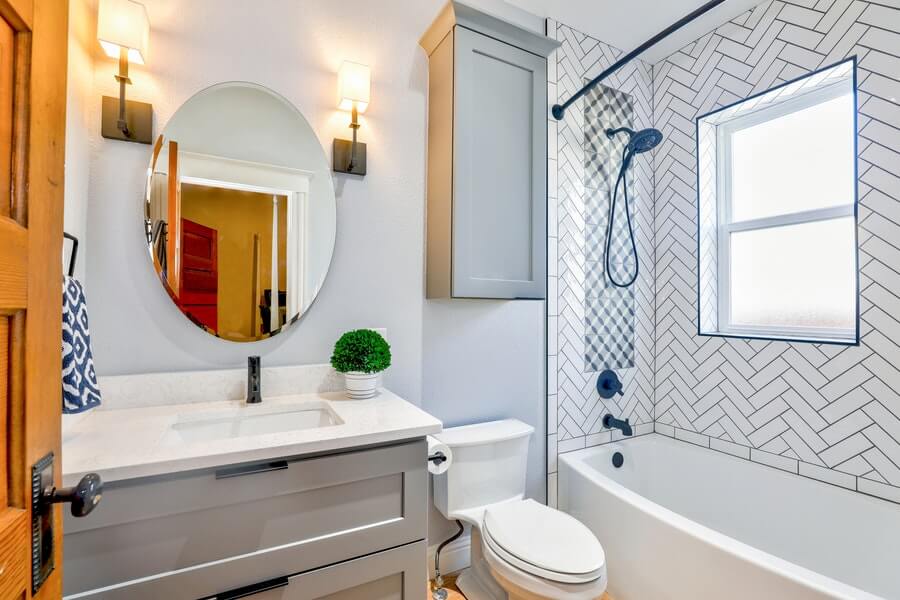
Often, the cause of a blocked toilet is the same as a blocked drain – a build-up of unsuitable items, such as wet wipes and cotton balls, or too much toilet paper. To reduce the chances of a blockage, we’d recommend cleaning your toilet regularly using a drain cleaner product.
How To Fix A Clogged Toilet
The most effective way to clean a clogged toilet is by using a plunger. Although you can use a baking soda and vinegar mixture, this may not be as effective for bigger blockages. Here’s how to unblock a toilet with a plunger:
- First, use the plunger to seal the toilet’s outlet pipe (where the water usually drains) from the bowl. This will create the necessary pressure to remove the blockage.
- Next, begin to push the plunger gently downwards and then pull it back towards yourself. Begin this movement gently as you don’t push the blockage further down the pipe. You can gradually increase the amount of pressure you use until the water begins to recede.
- Test the toilet by flushing it. If the water flows as usual, you’ve successfully removed the blockage. If not, repeat the actions until the water flows normally. [iv]
Plumbing Questions: Why Are My Pipes Leaking?
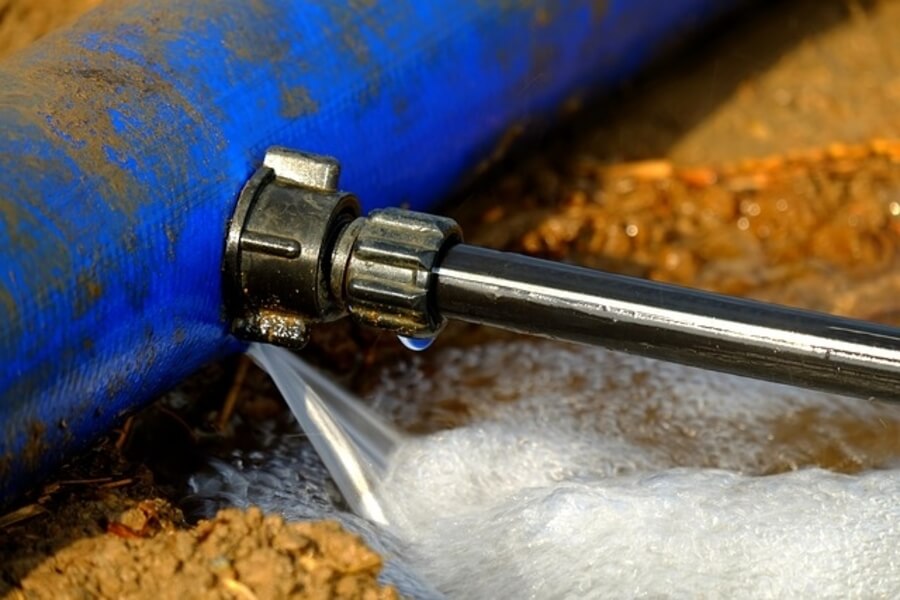
A leaking pipe can be down to several causes, and determining what is behind your leak is important to help you fix it. So, turn off the water supply and drain the taps connected to the leaking pipe. Now you can take a look at the pipe. Look out for loose joints or cracks in the pipe, as these are the most likely causes.
How To Fix Leaking Pipes
Unfortunately, you can only carry out temporary fixes for leaking pipes. Eventually, you will have to call a plumber to sort it out once and for all. It’s best to do this sooner rather than later, as a temporary fix will only solve the problem for a short time, and you don’t want a surprise further down the line.
Some temporary fixes for a leaking pipe include:
- Waterproof Duct Tape – Apply waterproof duct tape to a completely dry pipe. Wrap it tightly around the pipe until the crack is completely sealed.
- Epoxy Repair Paste – Use epoxy repair paste and rubber to stop the leak temporarily. However, make sure you leave it to dry before turning the water back on.
- Pipe Patch Kit – Pipe patch kits are available at most DIY stores. You could also get self-tapping plugs, which can expand to fit the crack.
- Tightening The Joint – If a loose joint is the culprit, use a spanner to tighten it.
Plumbing Questions: Why Is My Water Pressure Low?
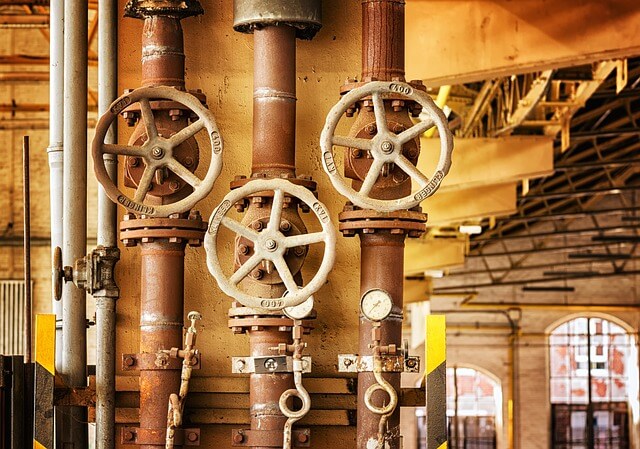
Low water pressure may not be too noticeable at first. However, if you realise that it takes longer to fill up your kettle or the shower has gotten weaker, it’s likely your water pressure has dropped. Commonly, low water pressure is down to one of several causes – plumbing problems, a lack of water supply, bad pumping or small water mains. These are all fine to fix by yourself, but a reroute of the water system may be required in rare cases.
How To Fix Low Water Pressure
Fixing low water pressure isn’t impossible with a bit of knowledge and plumbing help. Follow each of these steps to help determine the cause of your low water pressure and get your system back on track.
- Look Up The News – See if any water-related repairs or incidents are happening in your area. Unfortunately, if this is the cause of your low water pressure, there’s little you can do besides wait for the repair to be completed.
- Check The Water Valves – Both the main water meter valve and the main house shutoff valve should be fully open. You can either adjust them yourself with a spanner or call in a plumber if they are not.
- Check For Blockages – If you only experience low water pressure in certain parts of the house, you likely have a blockage. Refer to our blockages section to go about fixing it!
- Check For Plumbing Damage – There could be a leaking pipe or other water damage somewhere around your home, causing low water pressure. Although you can apply the temporary fixes we mentioned earlier, calling in a plumber is your best bet, especially if you’re getting low water pressure alongside the initial damage.
Signs You Should Call A Plumber
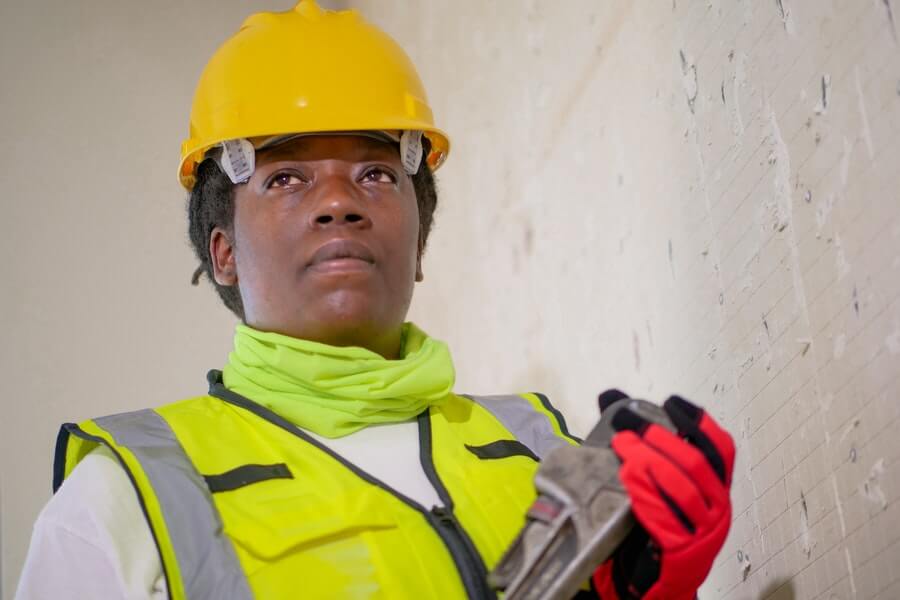
Naturally, you should leave some plumbing solutions to professionals. Being able to solve common plumbing questions is handy, but getting professional help can be vital to your and your family’s safety.
Here are the main signs you should call a plumber as soon as possible:
- You have no water
- You have low water pressure that’s not located in a singular fixture
- Your water heater is sweating or ‘weeping’
- You have no hot water, or it takes hours for water to warm up
- Blocked drains that you can’t fix yourself
- Clogged drains that keep coming back
- Your toilet keeps overflowing
- Your house smells like sewage[v]
Answering Your Plumbing Questions
We hope our answers to some of the most common plumbing questions have given you the solutions you were looking for. Carrying out your own plumbing work on these issues isn’t too difficult, and you could save yourself a bit of time and money in the process!
Do you need help with your plumbing? Leave your plumbing questions in the comments, and we’ll see what we can do.
Sources
[i] https://www.water.org.uk/news-item/the-quick-fix-way-to-cut-water-waste-at-home/
[ii] https://www.villeroy-boch.co.uk/bathroom-and-wellness/service/care-information/what-should-i-do-if-my-tap-is-dripping.html
[iii] https://preciseservices.com.au/10-tips-to-clear-any-blocked-drain/
[iv] https://www.plumbworld.co.uk/blog/how-to-unblock-a-toilet
[v] https://homeclimates.com/blog/signs-you-should-call-plumber
